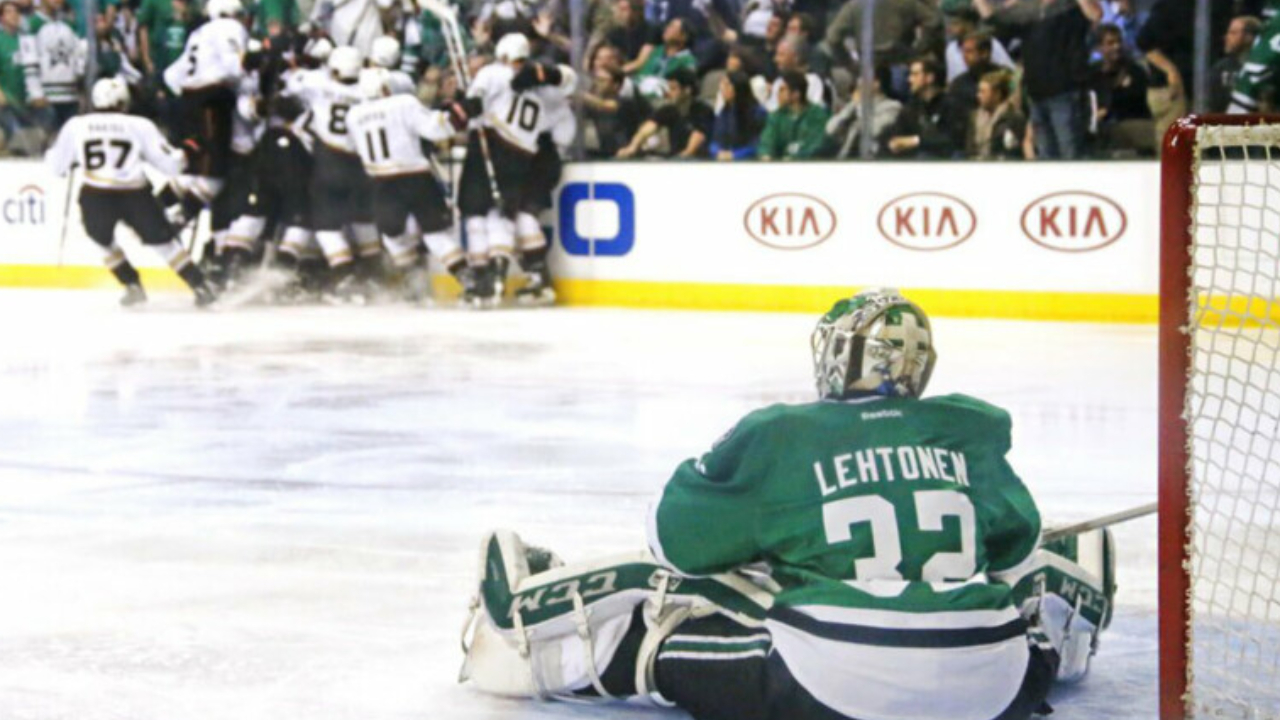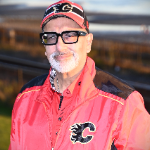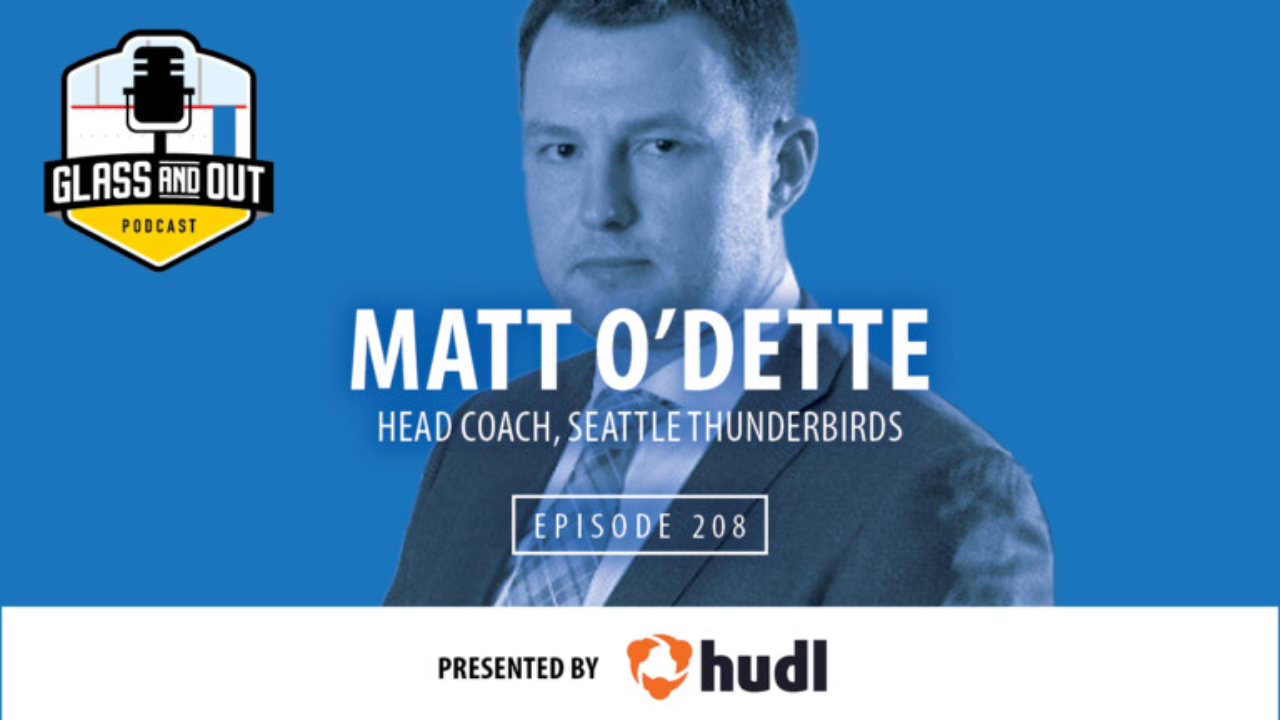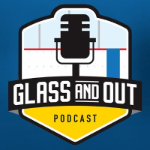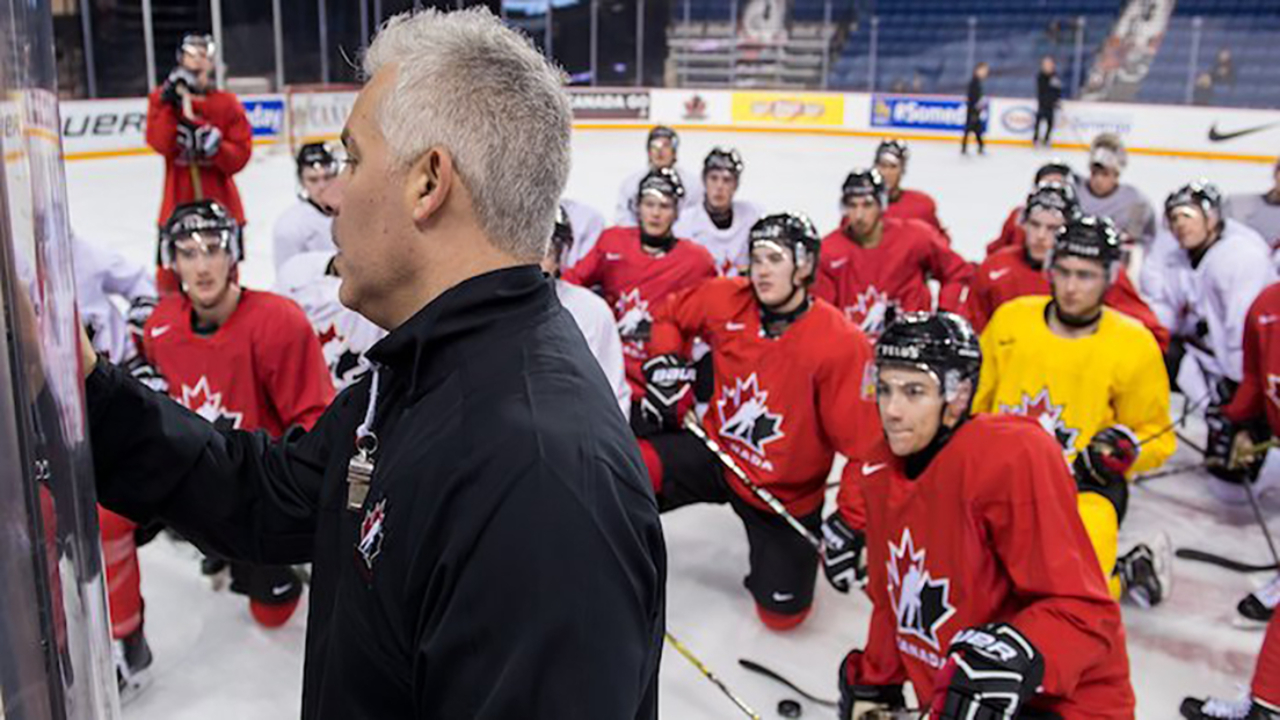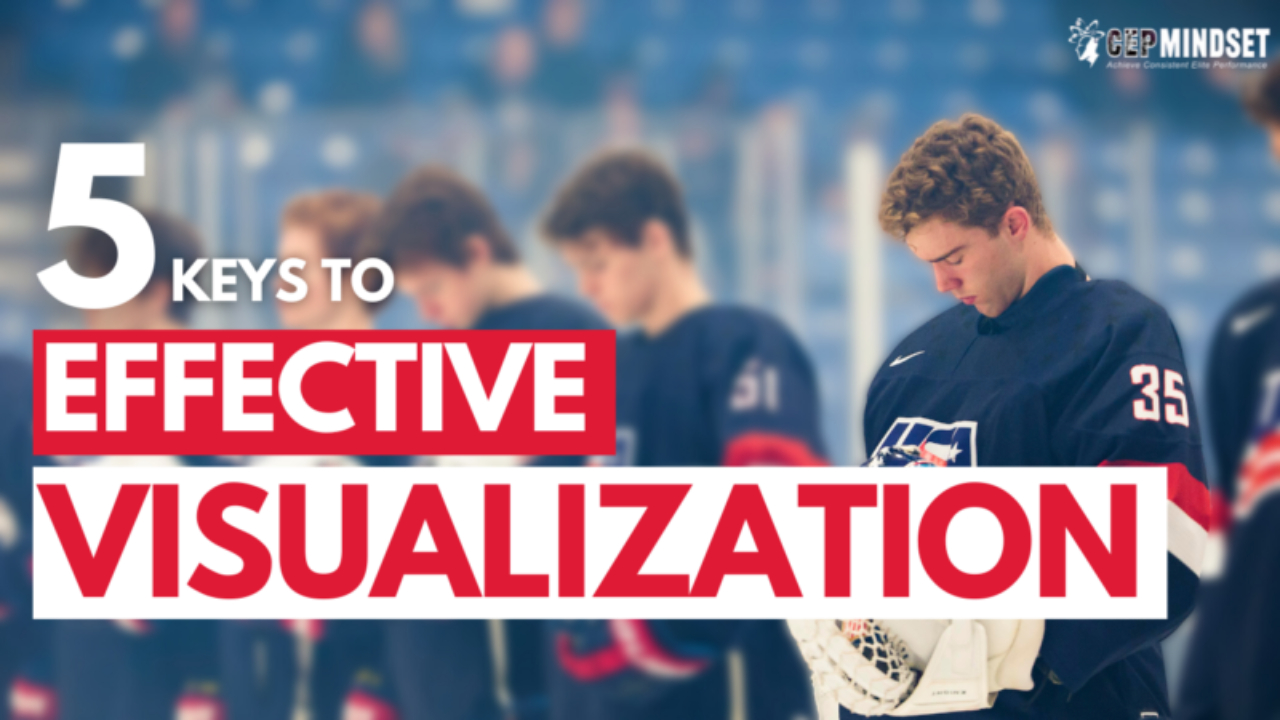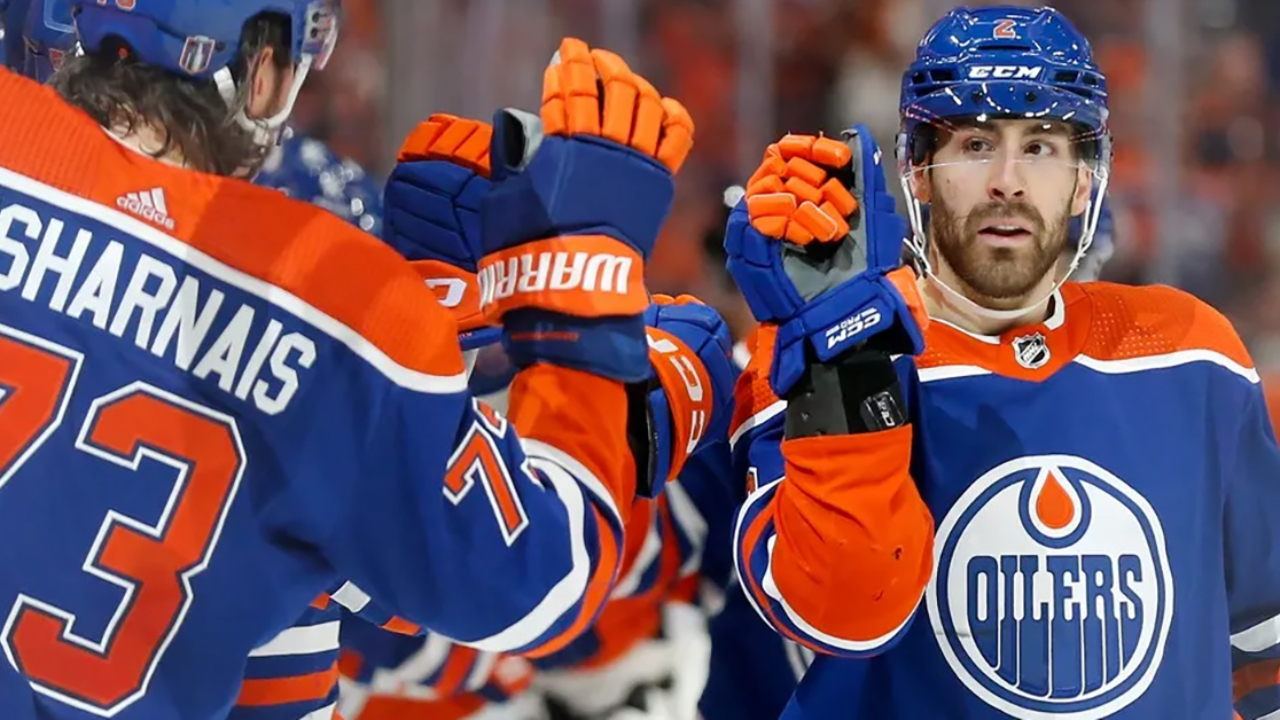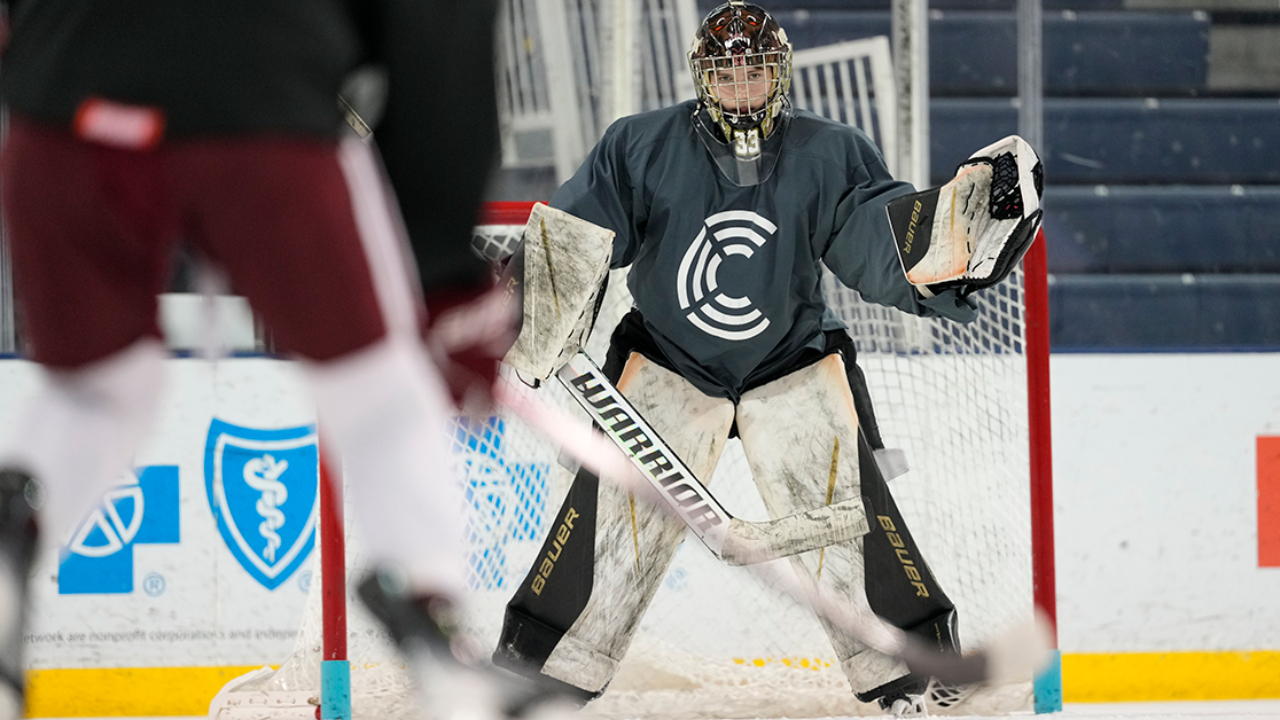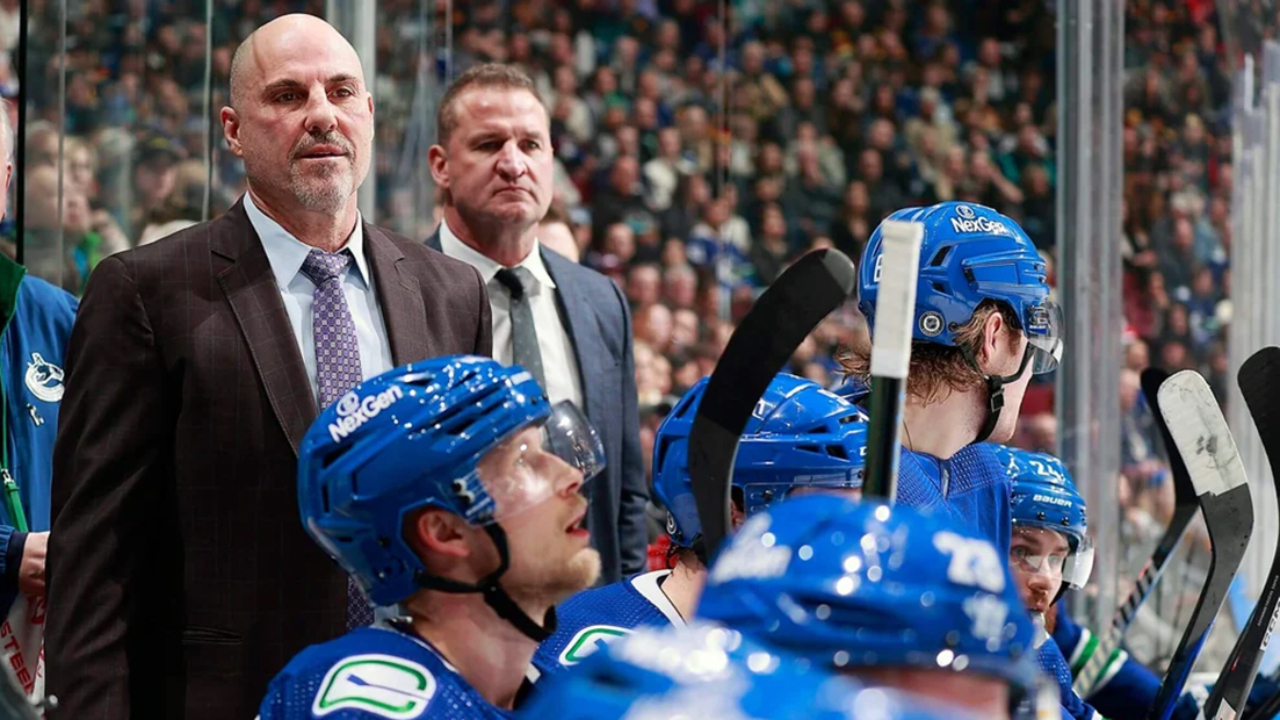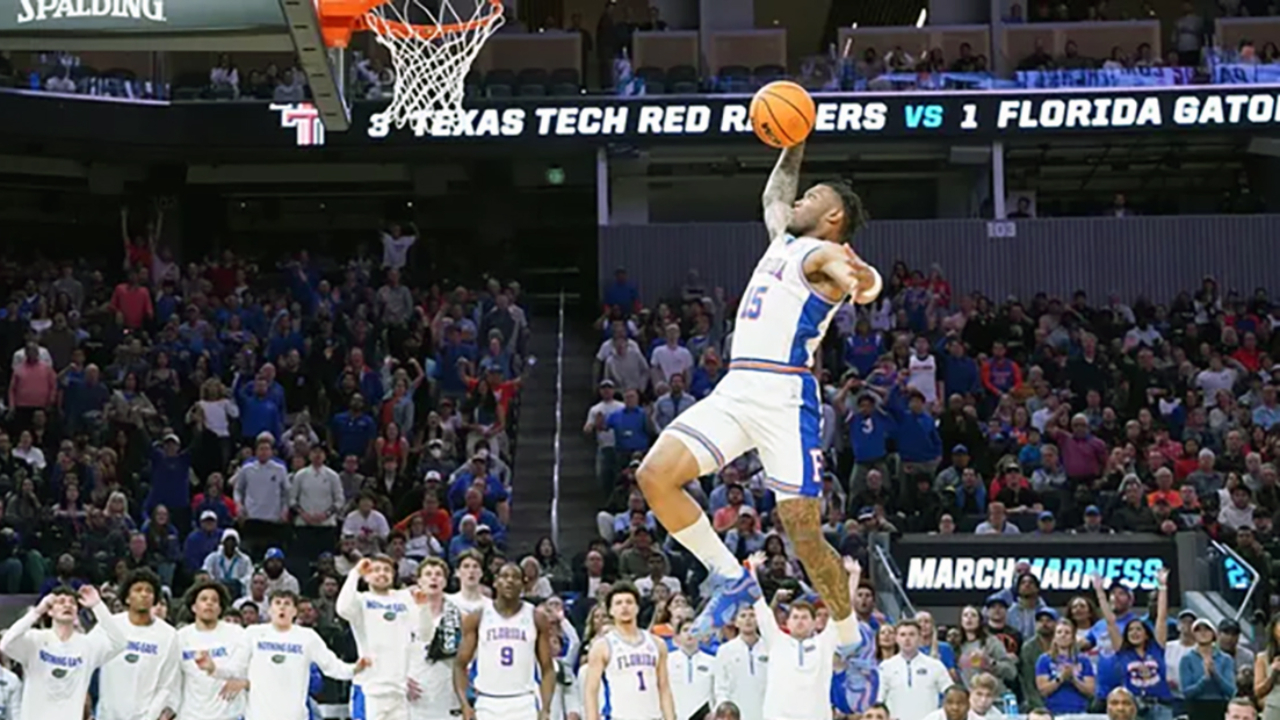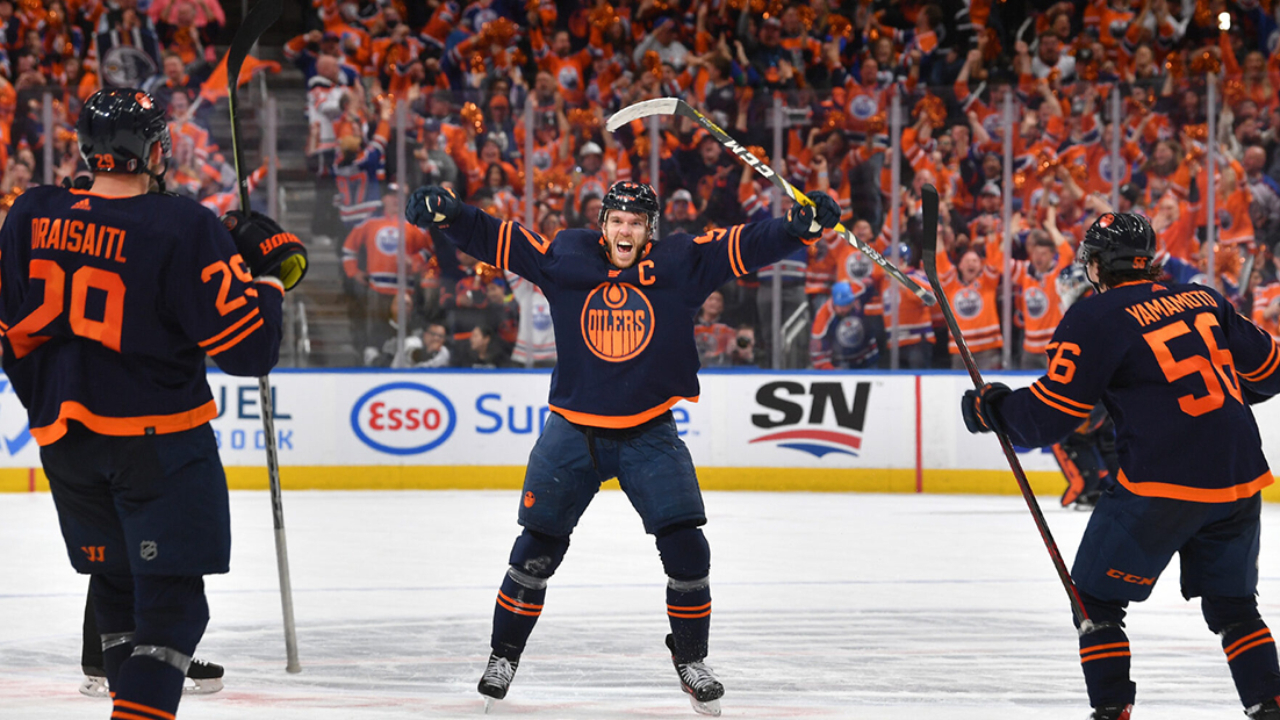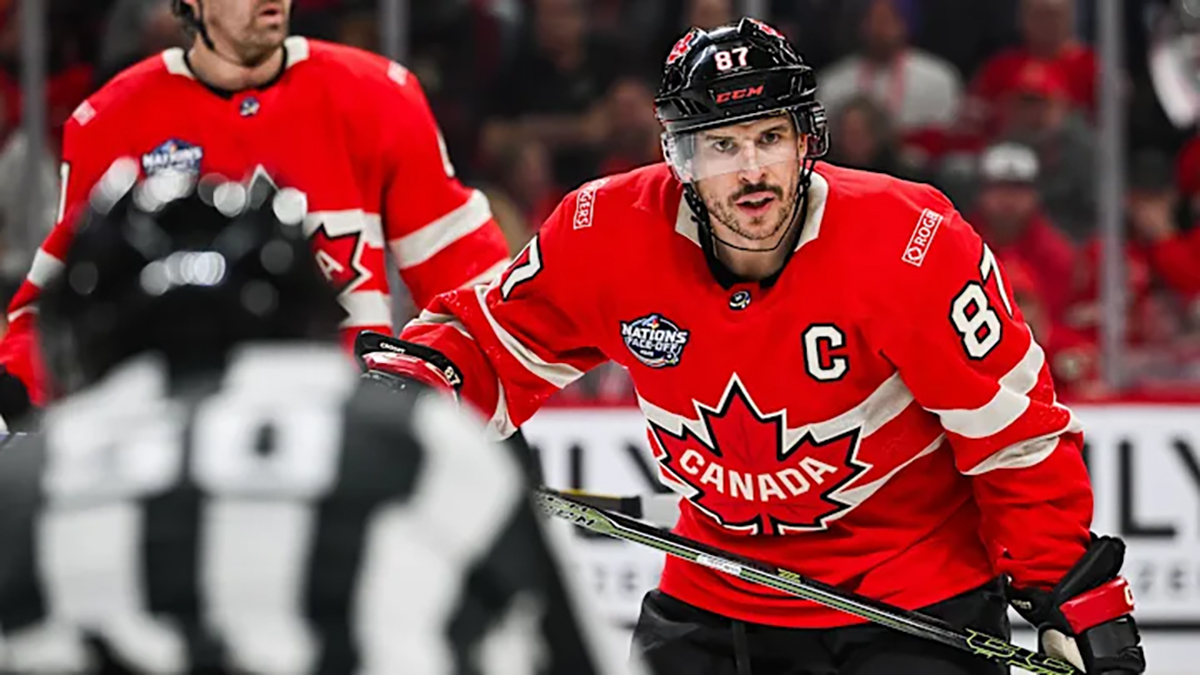
Sidney Crosby, often regarded as one of the greatest hockey players of his generation, demonstrates an extraordinary ability to keep his head up and scan the ice. This mindfulness and awareness allow him to anticipate plays and make strategic decisions before receiving the puck. Crosby’s incredible hockey sense sets him apart, enabling him to know his next move in advance, as seen in several notable clips in this video.
While not all players are naturally endowed with this level of hockey sense, there is hope for coaches and players alike. By incorporating specific teaching cues and emphasizing mindfulness, coaches can help players develop the skills to play with their heads up and make better decisions on the ice.
Key Teaching Cues for Coaches
-
“Eyes Up“
Encourage players to keep their heads up and their eyes scanning the ice. This simple habit can drastically improve their situational awareness and allow them to anticipate plays more effectively.
-
“Scan the Ice”
Remind players to survey their surroundings continuously. Taking in the ice surface allows them to identify opportunities and threats, making them more proactive in their gameplay.
-
“Take Pictures”
Teach players to take mental snapshots of the ice. This technique helps them retain important information about teammates’ and opponents’ positions, aiding in quick decision-making.
-
“Know Your Next Play”
Emphasize the importance of planning. Players should always know their next move, even before they receive the puck. This foresight can lead to more effective and strategic plays.
The Power of Visualization
Visualization is a powerful tool that can enhance a player’s performance. By mentally rehearsing specific scenarios and plays, players can prepare themselves for real-game situations. Here are some ways to incorporate visualization:
-
Pre-Game Visualization: Encourage players to close their eyes a few minutes before each game and visualize themselves making successful plays, scanning the ice, and making wise decisions. This practice can boost their confidence and readiness.
-
During Practice: Incorporate visualization exercises into practice sessions. For example, before running a drill, ask players to visualize the drill in their minds, including the movements they will make and the decisions they will face.
-
Post-Game Review: After games, players can use visualization to reflect on their performance. By visualizing the game, they can identify areas for improvement and reinforce positive habits.
-
Visualization can be done at home, before bed, or in the morning. Several guided visualization recordings are available.
The Role of Mindfulness Meditation
Incorporating mindfulness meditation into regular practice routines can also benefit players. Mindfulness teaches individuals to focus and be aware of their surroundings, translating to better on-ice awareness. Regular meditation can help players remain calm under pressure and make more thoughtful decisions during games.
By integrating these teaching cues, visualization techniques, and mindfulness practices, coaches can cultivate a new generation of hockey players who are skilled but also mindful and aware. By emulating Sidney Crosby’s approach to the game, players can elevate their hockey sense and make more impactful contributions on the ice.
Enio Sacilotto is President of International Hockey Camps and operates the Mental Edge High-Performance Training. Enio has 43 years of coaching experience (professional hockey in Europe and the Victoria Royals (WHL)). Currently, he coaches at the Burnaby Winter Club Hockey Academy, is the Croatian National Men’s hockey team coach and is the Head Coach with the Grandview Steelers. If you have questions or are interested in his services, contact Enio at enio@coachenio.com or call 604 255 4747. Website: www.coachenio.com.

